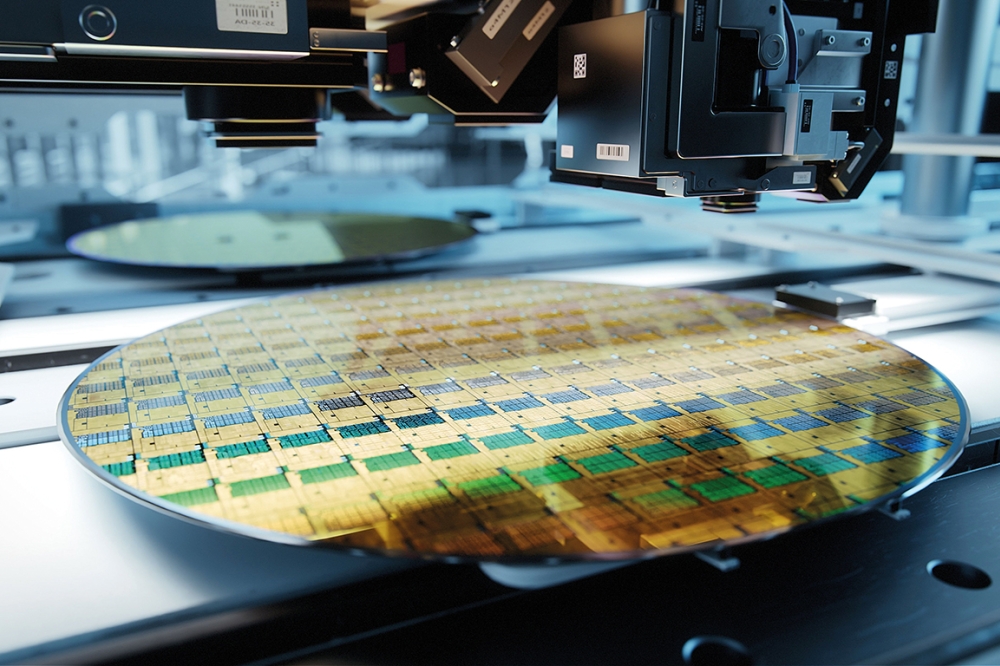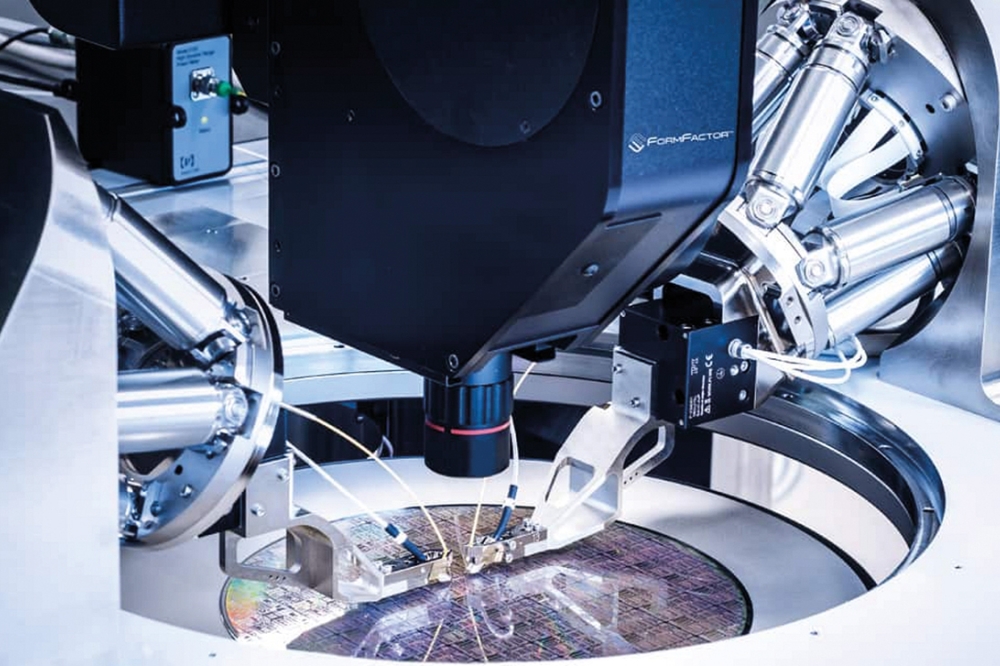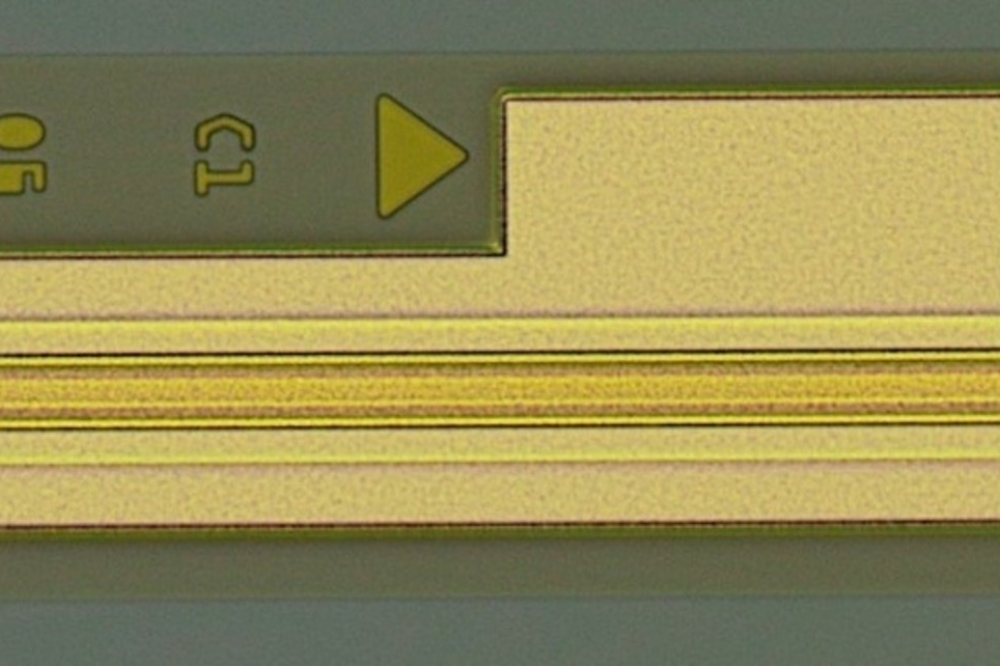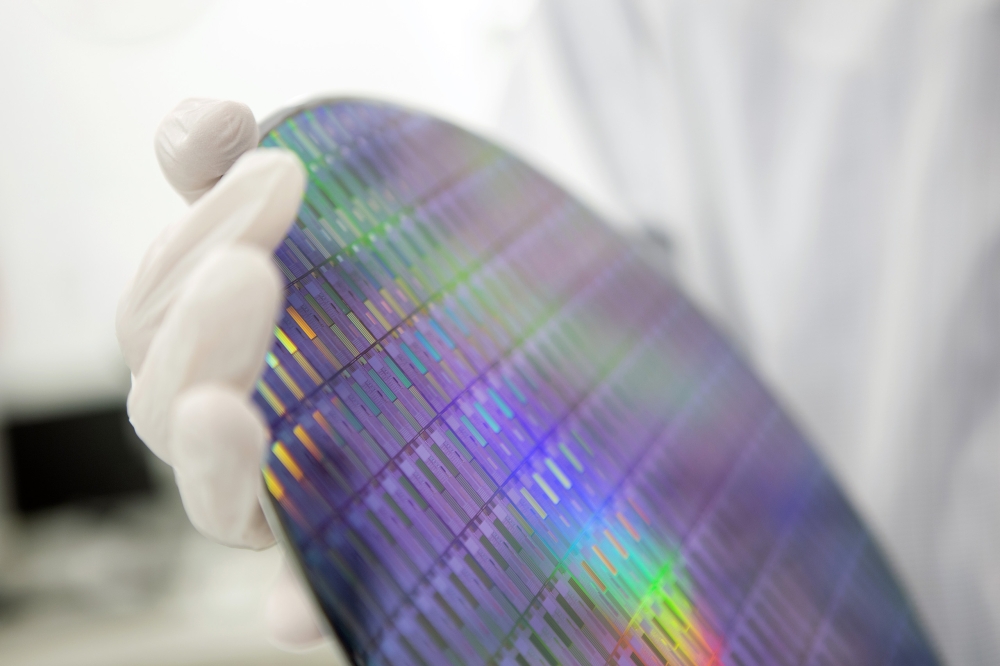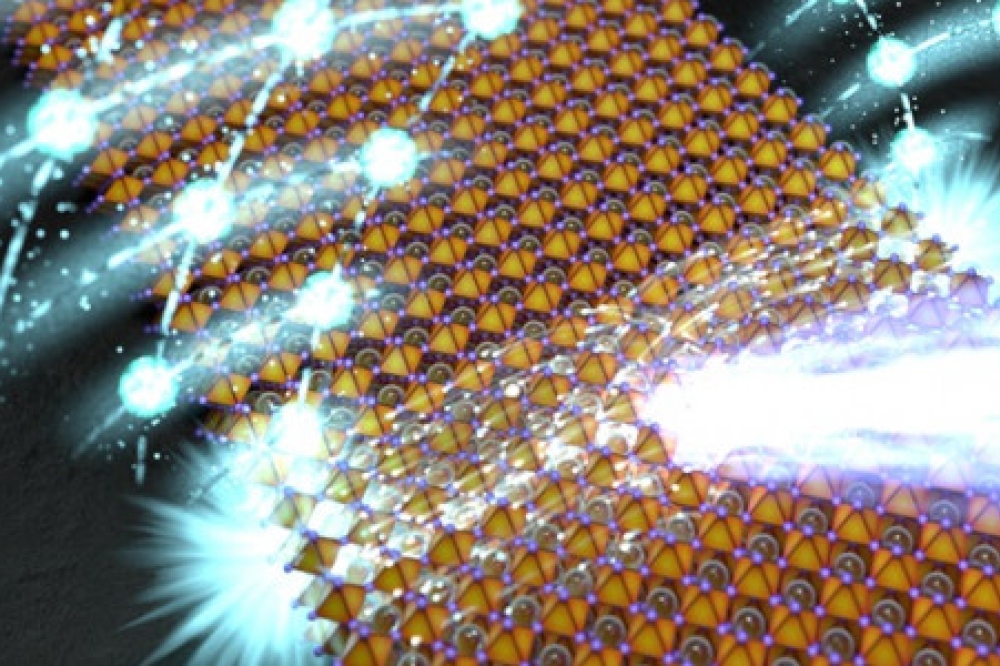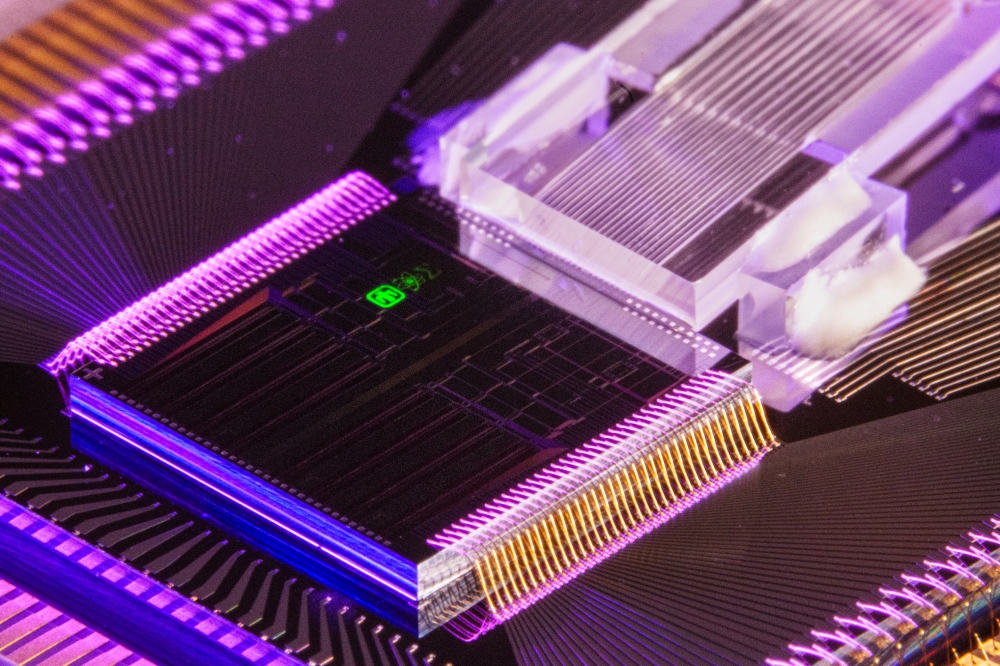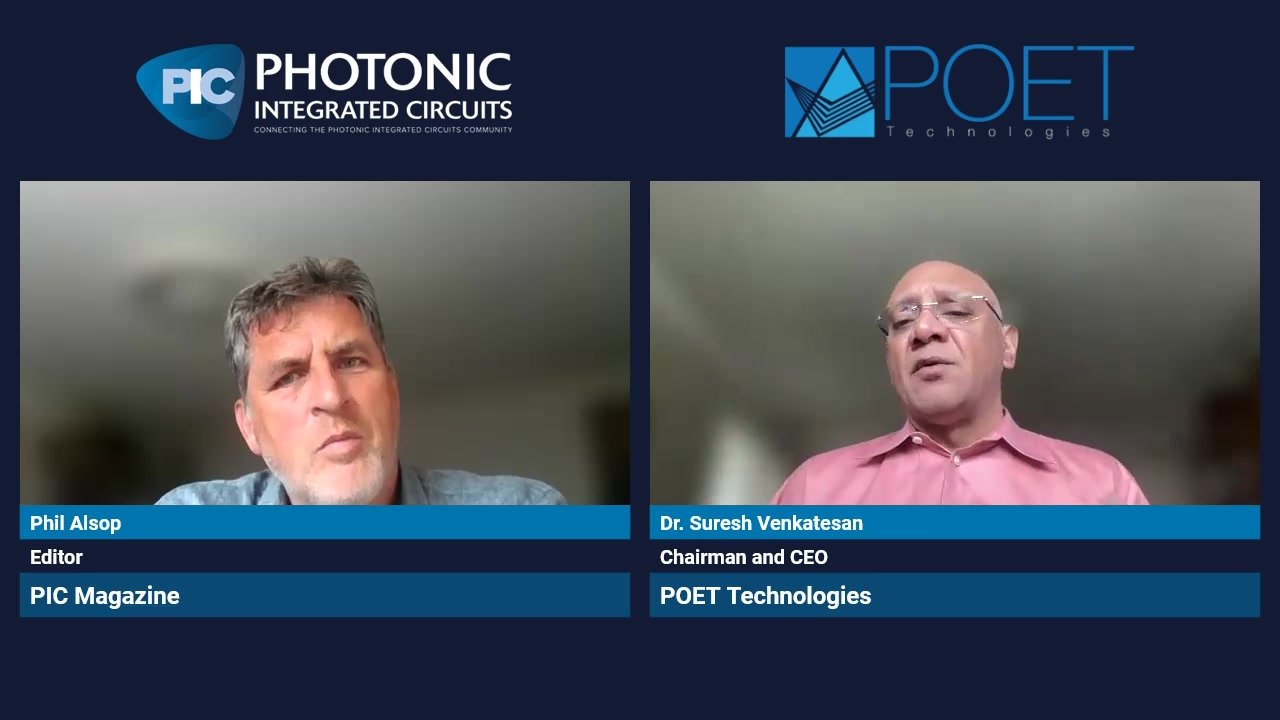Terabit Photonic Integration for Next Generation Optical Networks
Infinera’s latest photonic integrated chip (PIC) is at the heart of a new 10-channel receiver, each operating at 100 Gbit/s rates. The firm says it is the first in the industry to achieve a capacity of a trillion bits per second.
The chip is an InP-based monolithic PIC and is designed to operate nominally at a wavelength of 1550nm and over the C band of the optical fibre spectrum.
The PIC contains more than 150 optical components, such as frequency tunable local oscillator (LO) lasers, optical hybrids for mixing the LO and incoming signals and variable optical attenuators for LO power control. It also has a spectral demultiplexer to separate the individual wavelength channels, and 40 balanced photodetector pairs. These components are all integrated onto a single chip smaller than a fingernail.
“Traditional transponder-based system architectures are inflexible and costly and time-consuming to upgrade,” said Radhakrishnan Nagarajan, Research Fellow at Infinera. “Our PIC approach enables us to make optical networks more powerful, flexible and intelligent than ever before using equipment that is significantly smaller, less expensive and uses much less energy.”
In virtually all types of data transmission, the information is encoded in ways that allow it to travel the farthest while occupying the least amount of signal spectrum. The key technical advance in the PIC designed for Infinera's new 100Gbps per channel is its way of detecting incoming data encoded using the optical industry's most spectrally efficient modulation technique called polarization-multiplexed QPSK.
 In a manner similar to how AM (amplitude modulation) and FM (frequency modulation) imprints information on, respectively, the amplitude and frequency of radio waves, QPSK modifies the light's phase to represent the data. As a result, using QPSK with polarization multiplexing, four times as much information is conveyed each second compared with the previous method, which simply switched the light on and off.
"But just as important as a clever and efficient encoding method for the transmitter is a fast and reliable way for the receiver to convert the information back to its original form," said Nagarajan. "For polarization multiplexed QPSK we designed and integrated narrow-line-width lasers that detect the phase encoded data in a very efficient manner."
In a manner similar to how AM (amplitude modulation) and FM (frequency modulation) imprints information on, respectively, the amplitude and frequency of radio waves, QPSK modifies the light's phase to represent the data. As a result, using QPSK with polarization multiplexing, four times as much information is conveyed each second compared with the previous method, which simply switched the light on and off.
"But just as important as a clever and efficient encoding method for the transmitter is a fast and reliable way for the receiver to convert the information back to its original form," said Nagarajan. "For polarization multiplexed QPSK we designed and integrated narrow-line-width lasers that detect the phase encoded data in a very efficient manner."

Infinera expects PICs with a capability of a terabit or more to be commercially available within a few years. The company has announced that a 500 gigabits-per-second PIC will be available in 2012.
Further details of this work will be presented at the OFC/NFOEC taking place at the Los Angeles Convention Centre, Los Angeles, California, USA on Monday, March 7, 2011 at 3:15p.m. The talk
“10-channel, 100Gbit/sec per channel dual polarization coherent QPSK, monolithic InP receiver photonic integrated circuit” will take place in Room 409 A&B.











